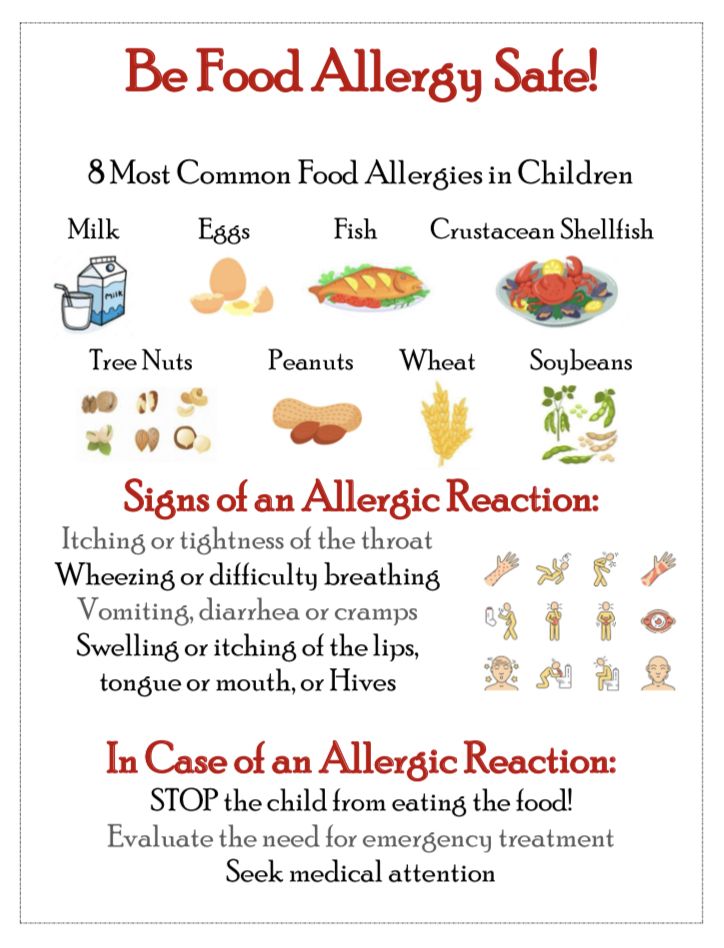Written by Janie Leathers, Medical Student – University of Missouri
There are lots of opinions on food allergies, some are true facts and some are pure myths. It is important to debunk the myths and learn allergy safe practices to ensure allergic reactions are prevented.
The truth about food allergies
A food allergy is defined as a medical condition in which exposure to a certain food triggers a harmful immune response. The eight most common food groups that trigger allergic reactions in children consist of milk, eggs, fish, crustacean, shellfish, tree nuts, peanuts, wheat, and soybeans. The symptoms of an allergic reaction usually occur within minutes after food consumption or exposure. While most food allergies result in mild symptoms, sometimes the reactions can severe and life threatening. Symptoms of an allergic reaction include swelling or itching of the lips, tongue or mouth, itching or tightness in the throat, wheezing or difficulty breathing, hives, vomiting, cramps or diarrhea. If you notice a child having symptoms, stop them from eating the food immediately, evaluate the need for emergency treatment, and seek medical attention.
Common food allergy myths and facts
Some common food allergy myths are listed below with the correct fact provided.
Myth – Hand sanitizer will remove food allergens.
Fact – Soap and water are required to remove food protein from the hands. Hand sanitizer alone will not remove food allergens. To remove food allergens, be sure to wash hands with soap and water before and after eating, before and after handling food items, and after using the bathroom.

Myth – Food allergies require a lot of the food to be consumed.
Fact – Allergic reactions can be triggered by a trace amount of food.
Myth – Food allergies are not very serious conditions.
Fact – Food allergies can cause severe or life threatening reactions.
Myth – Food allergies are not that common.
Fact – Some studies estimate that 4 out of every 100 children have a food allergy and that the prevalence of food allergies is on the rise.

Most common food allergies in children
It is important to be aware of common food allergies in children. The 8 most common food allergies in children are milk, eggs, fish, crustacean shellfish, tree nuts, peanuts, wheat, and soybeans.
Signs of an allergic reaction
Pay attention to the signs of an allergic reaction:
- Itchiness or tightness of the throat
- Wheezing or difficulty breathing
- Vomiting, diarrhea, or cramps
- Swelling or itching of the lips, tongue, or mouth
- Hives
What to do in case of an allergic reaction
If your child is having an allergic reaction,
- STOP the child from eating the food.
- Evaluate the need for emergency treatment.
- Seek medical attention.
Resources to learn more
To learn more about food allergies, please visit the official resources below.
Food and Drug Administration – https://www.fda.gov/food/food-labeling-nutrition/food-allergies
Center for Disease Control – https://www.cdc.gov/healthyschools/foodallergies/index.htm
Food Allergen Labeling and Consumer Protection Act – https://www.fda.gov/food/food-allergensgluten-free-guidance-documents-regulatory-information/food-allergen-labeling-and-consumer-protection-act-2004-falcpa

